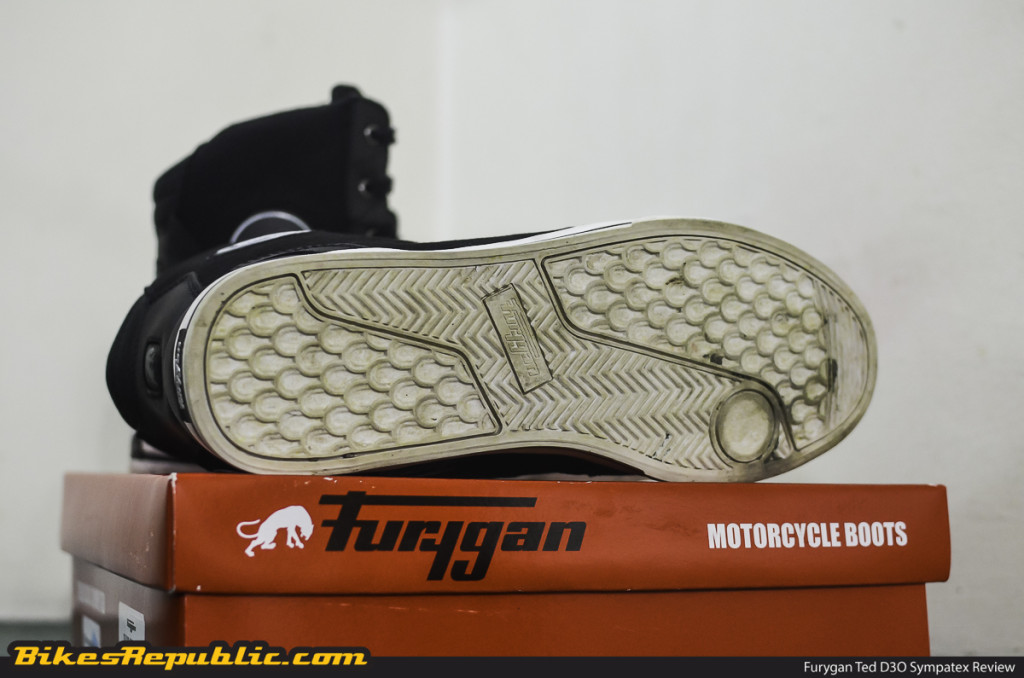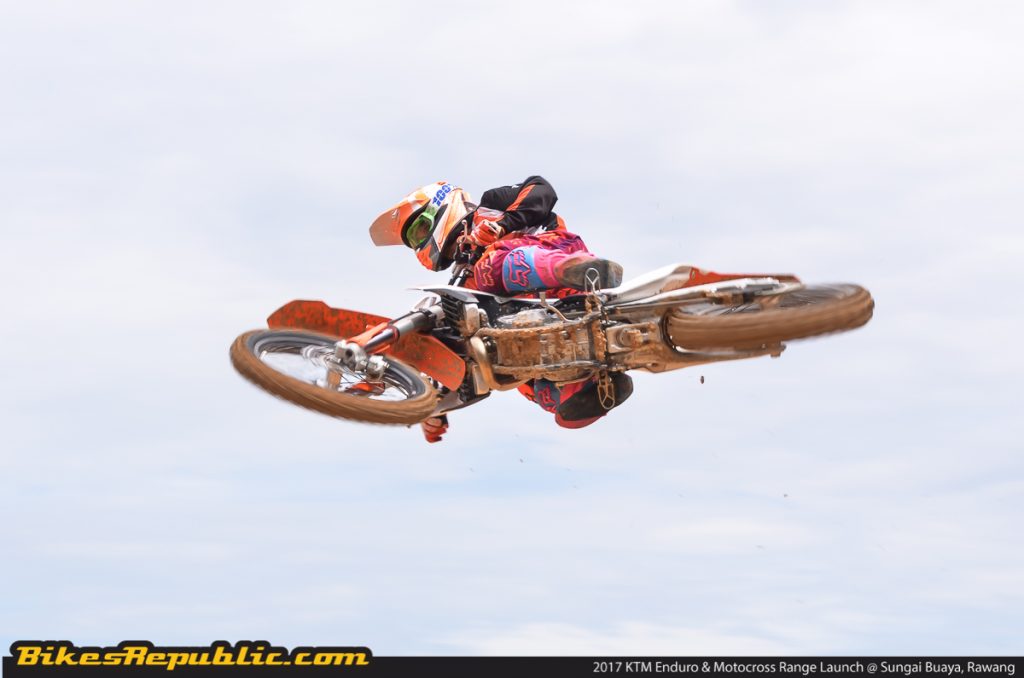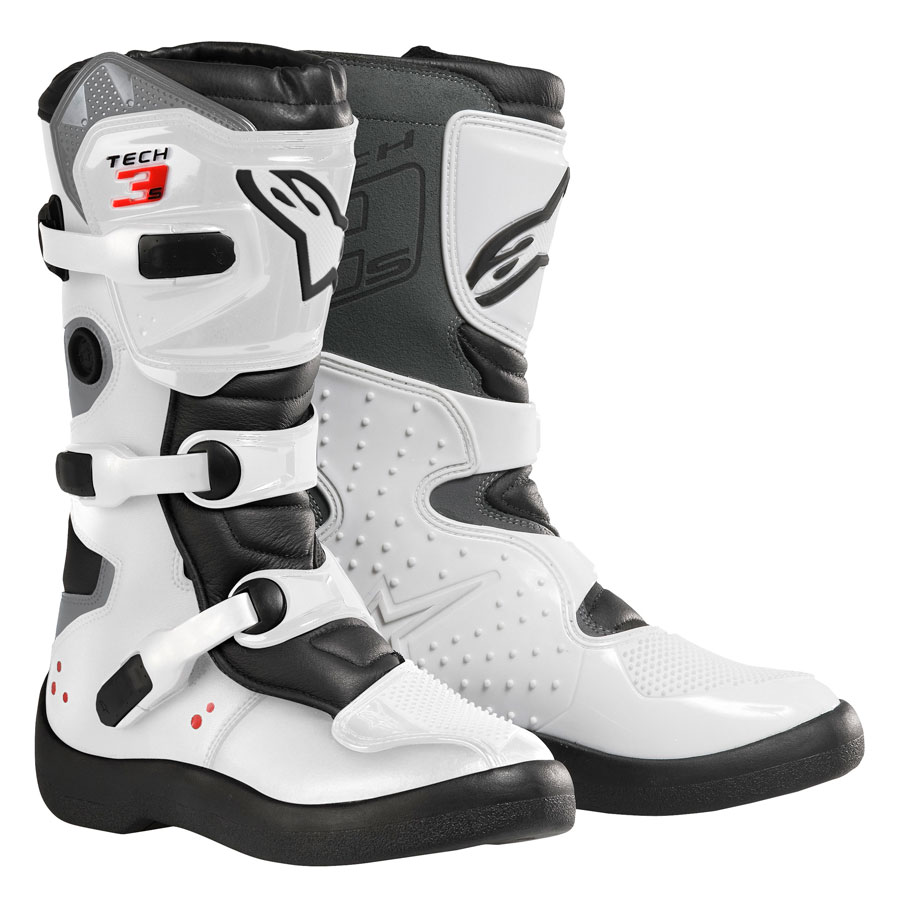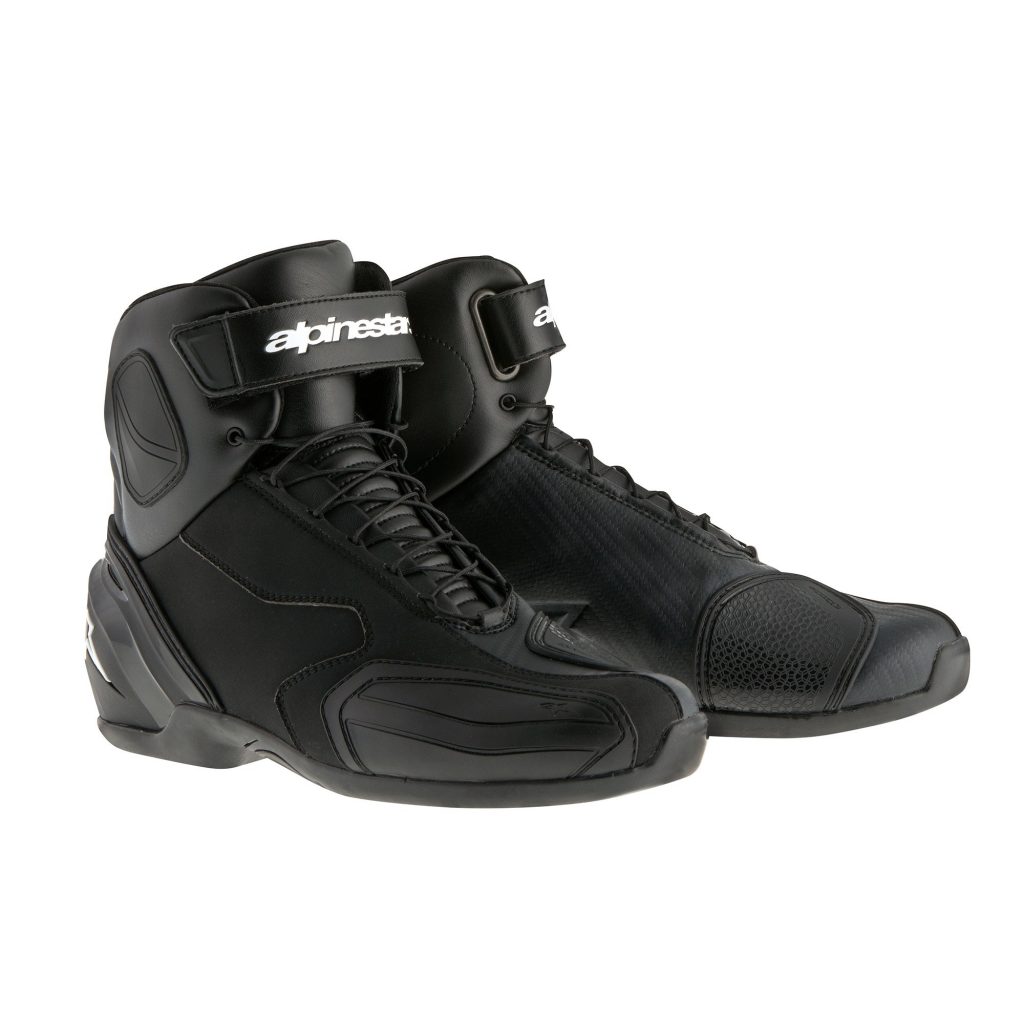Here’s Part 2 of our special guide to help you choose the right riding boots.
In Part 1, we looked at the different types and styles of motorcycle riding boots out in the market. However, it’s also very important to know and understand what you’re looking for in a boot as well, which is where we’ll cover in this second part.
Choosing the right boots can be a tricky affair since there are numerous types and options available nowadays. But knowing the common things to lookout for will help your decision-making process further in purchasing the perfect pair of boots.
Here are a few things to consider first before purchasing:
Sole
The sole of the boot is very important to the type of riding one is planning of doing. When you’re looking for a motorcycle boot, you’ll want to have enough grip for the type of terrain you’ll be encountering. A softer sole will offer you a better feel to your brake and shifter pedal. The softer material will let you grip these important parts and the pegs, giving you better control of the motorcycle.
However, softer soles will tend to wear faster and can be uncomfortable on rocky terrain. Harder soles will last longer, have more durability in case of a crash, but will ultimately provide less grip. Soles should be oil resistant, which is essential for street riding where encountering oil patches are more frequent. The better your soles, the more effectively you can grip the road in wet conditions as well, which is also critical for the adventure type riders.
Protection
Majority of dirt bike, motorcross and off-road motorcycle boots come with protective shells and armour to keep rider’s shins and feet safe. Since these types of riding are common to high impact, you’ll want to have a boot that comes with Kevlar, carbon or plastic armour around the shin area and top of the foot.
Flying off dirt ramps brings a lot of danger to your feet and you’ll want to be able to protect ankles, feet and shin as much as possible. Some motorcross boots come with steel-toe protection, which is highly recommended for riders experiencing more frequent impacts.
Additionally, there are ankle and shin protective padding to give the rider a more comfortable armour feel inside the boot. Shifter pads and toe sliders are something any rider who experiences a lot of wear and tear should consider, whether riding on a race track or off-road.
Boot Height
The height of the boot also plays an important part to the type of riding you’ll be doing. For extra protection, you’ll want your boot height to cover your shin, which is critical for off-road riding.
For the cruiser type of rider, a boot that will protect your ankle and Achilles can be considered. However, it is recommended to have boots to come up to at least the middle of your calf, while having plenty of stability up top.
If you plan to wear your boots all day, on or off the bike, you may want something a little bit lower to give you more comfort and free movement. This will be less restrictive while walking around, but it’s still critical to have ankle support.
Vented Or Water Proof
Depending on how long your ride is going to take and what kind of weather you might face, you may want to consider a waterproof type of boot if the weather you’ll encounter is un-predictable. You’ll want your feet to stay dry no matter what type of riding you do, as this will make the journey more enjoyable and let you concentrate on the road ahead without thinking of your soggy feet.
Vented boots will provide more airflow for those hot days and keep your feet staying cool. It’s always important though to think ahead about the weather you will encounter before making the decision of whether to purchase a vented or water proof boot. There are some boots while being water proof, also offer proper venting and most of these boots are quite expensive due to the Gore-Tex (or Sympatex) membrane built within. These boots are perfect for all-weather use.





























